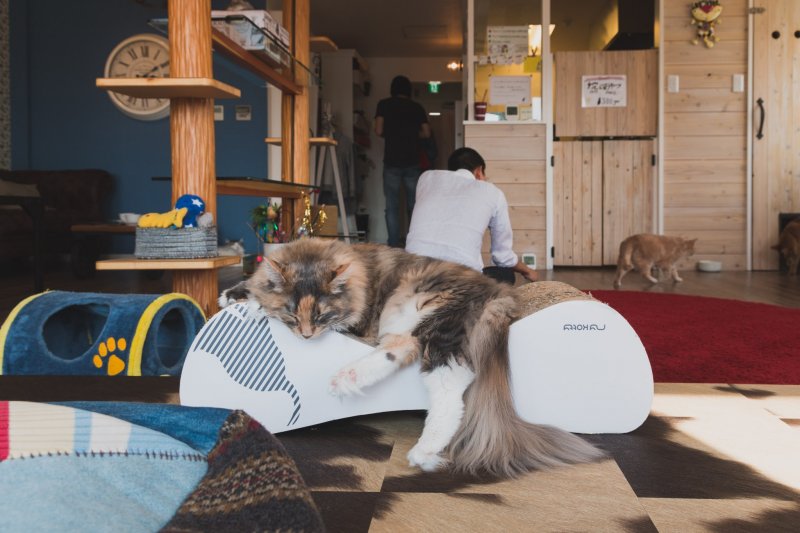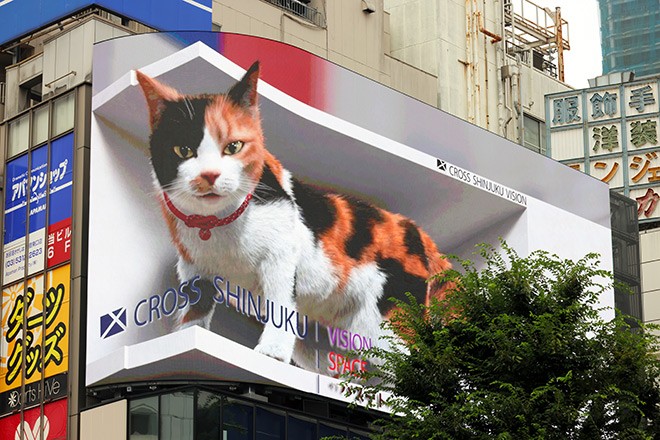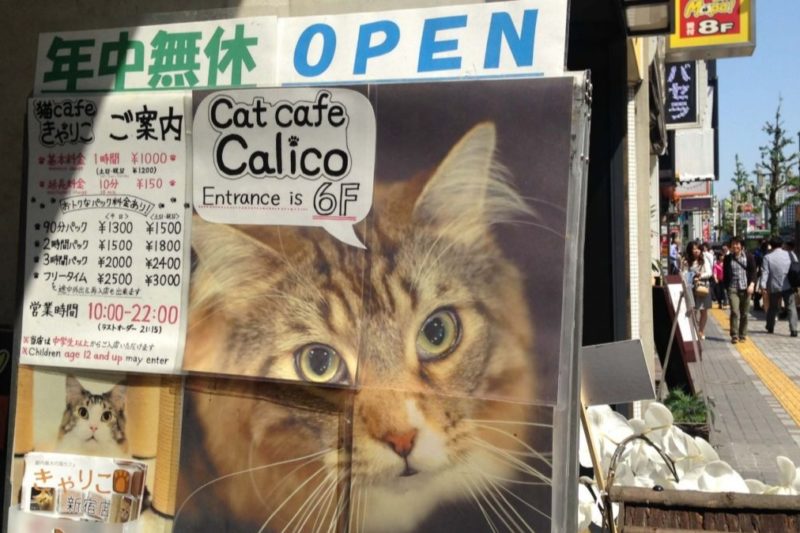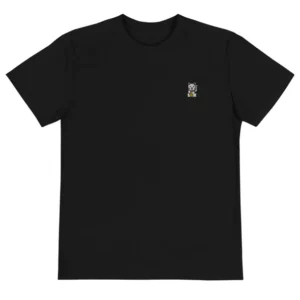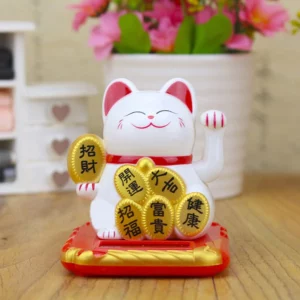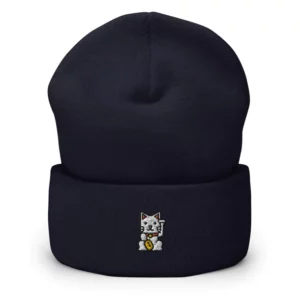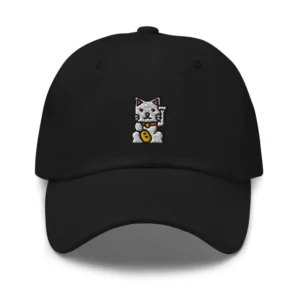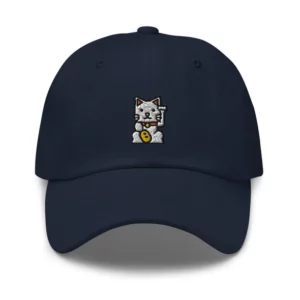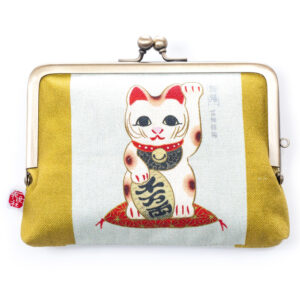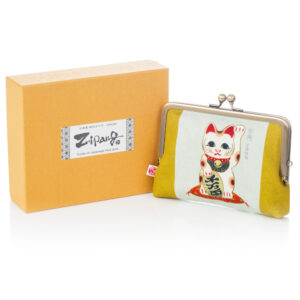Many Asian countries share a common culture of believing in luck and fortune. People believe that practicing these kinds of traditions and superstitions brings not only a good future and a prosperous life but also protection from bad omen. They are likewise considered valuable treasures for people who seek happiness and security. For centuries, these superstitions influenced the way people lived. A part of their lifestyle involved placing symbols and objects of luck in different parts of their homes and workplaces.
If you’ve traveled to Japan or to other places in Asia, you’ve probably stumbled upon a small feline figurine moving its paw up and down in stores and restaurants. The well-recognized cat called Maneki Neko is popular as a lucky charm that invites good fortune to the endeavors of business owners. With the cute lucky Maneki Neko visible across the world, let us take a peek at its rich history and how far it has come as an icon of good luck and positive energy.
Where Did the Maneki Neko Cat Come From?
Origins
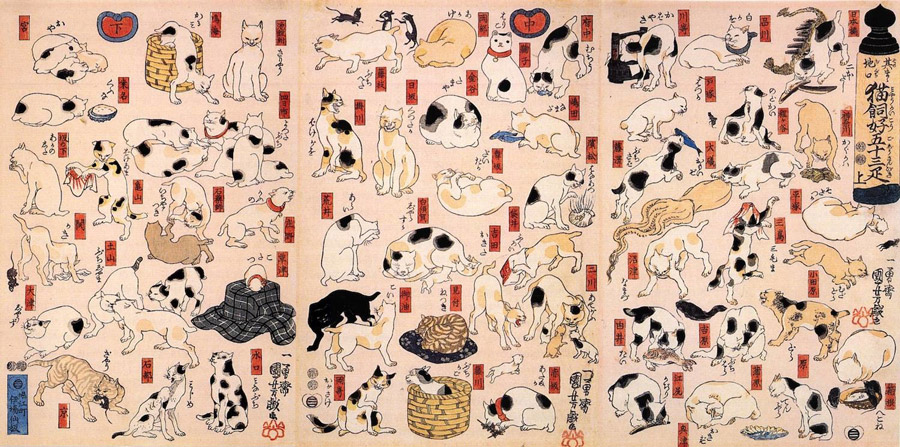
The lucky cat is often mistaken as a Chinese ornament, but contrary to popular belief, Maneki Neko was first heard of in Japan during the late Edo period. With its true origin unclear, many people have speculated its beginning by passing down various legends that narrate when and how this statue came to be.
One popular story takes place in the Gotokuji Temple, where a certain man encountered a cat in a life-saving situation. Ii Naotaka was a daimyo (great feudal lord) who led many warriors to battle.
One day, while out on a hunt, the rain suddenly began to pour heavily. He was taking cover under a tree when a waving cat by the entrance of the temple caught his attention. As he approached the cat’s invitation, the tree was hit by lightning, which might have killed him. Naotaka was so grateful to the cat for rescuing him that he decided the cat would be to be the temple’s patron and decorated the spot with sculptures of the cat to commemorate and remember the good it had done.
The cat was later on called Maneki Neko which directly translates to “beckoning cat”. This is likened to the Japanese hand gesture of getting someone’s attention and calling them over.
Cats in Japan
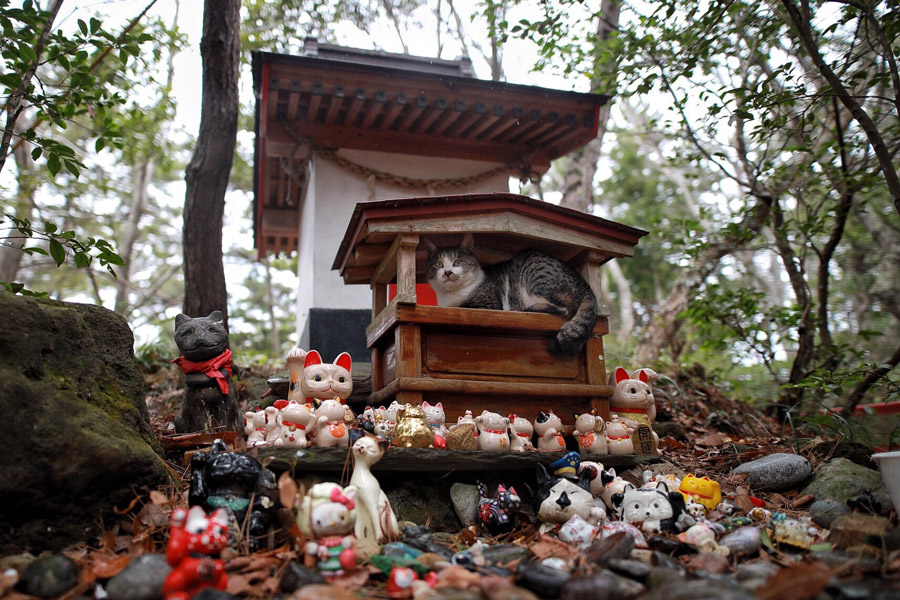
Cats play an important role in Japanese history and culture. They were brought to the nation in the 16th century and were cared for as household pets by aristocratic families. They were regarded as the protectors of Buddhist temples due to their abilities to hunt out mice who damaged vital manuscripts. Cats were a central feature in literature and art throughout the Edo period. They were regularly featured by artists and poets in woodblock prints, folklore, and performances.
Cats are revered in Japan for their mythicized ability to draw both good and bad luck. People believe they are mysterious animals with unique talents because of their movements that seem to participate in human forms of communication. They inhabit the land on many cat islands scattered over the country, where they live happily. Similarly, they are given the honour of occupying land and sacred sites as figures or sculptures.
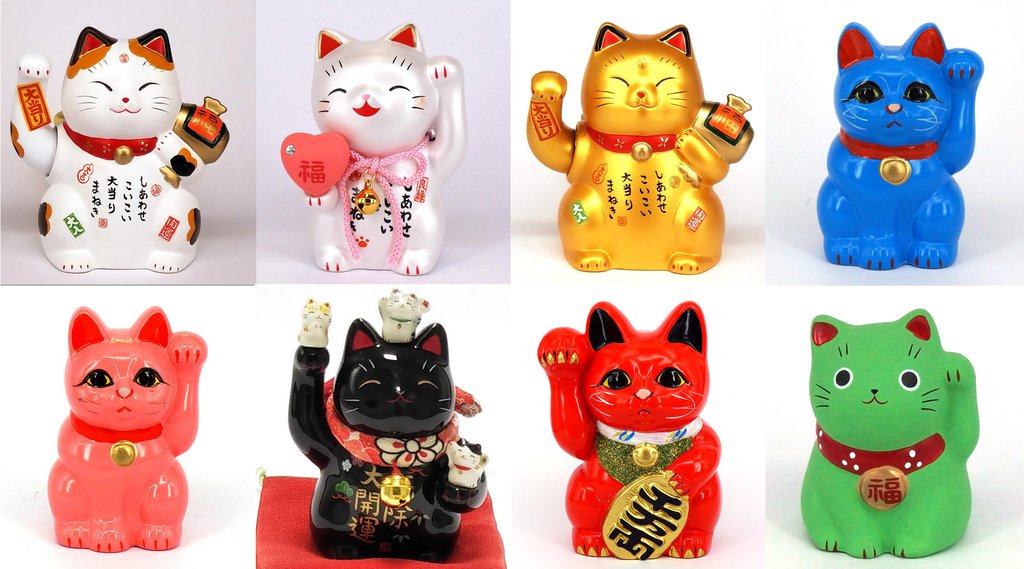
Features of Maneki Neko
Symbolism
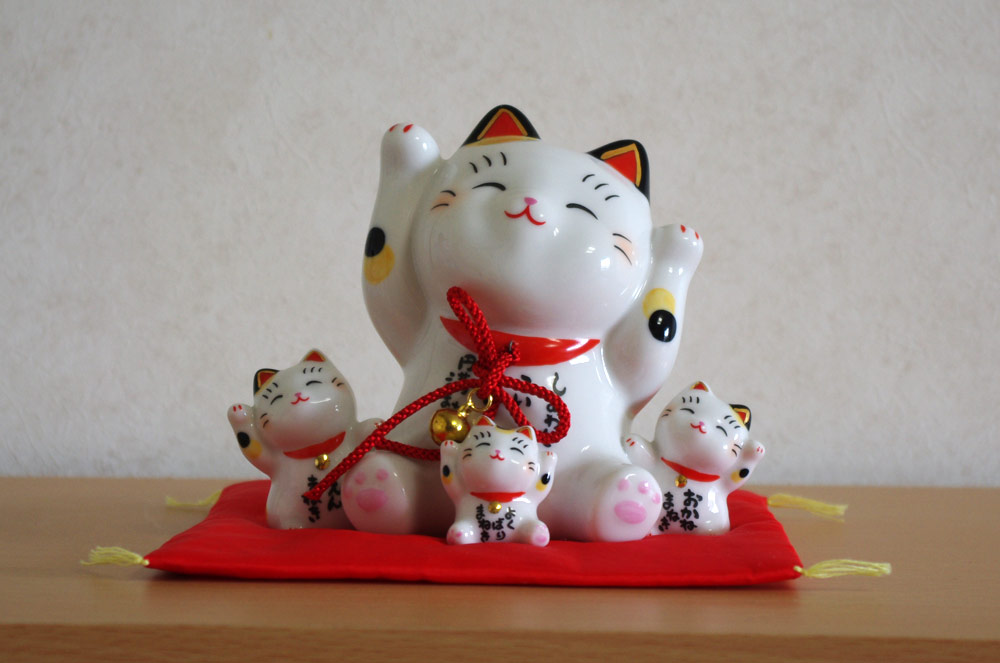
If you look closely at a Maneki Neko, you’ll notice many specific details that hold significant meaning. One of the most important elements in this lucky cat is its paws that are raised up or constantly move in an upward and downward motion. Each position or movement of these paws signifies a unique interpretation and belief. When its left paw is raised, it is believed that Maneki Neko will attract customers to come and purchase goods. This is most commonly seen at the entrance of stores and restaurants.
Meanwhile, a lifted right paw means a high chance of bringing in wealth and success for its owners. For a cat that has both of its paws up, both benefits are expected to be gained along with protection and safety.
Accessories
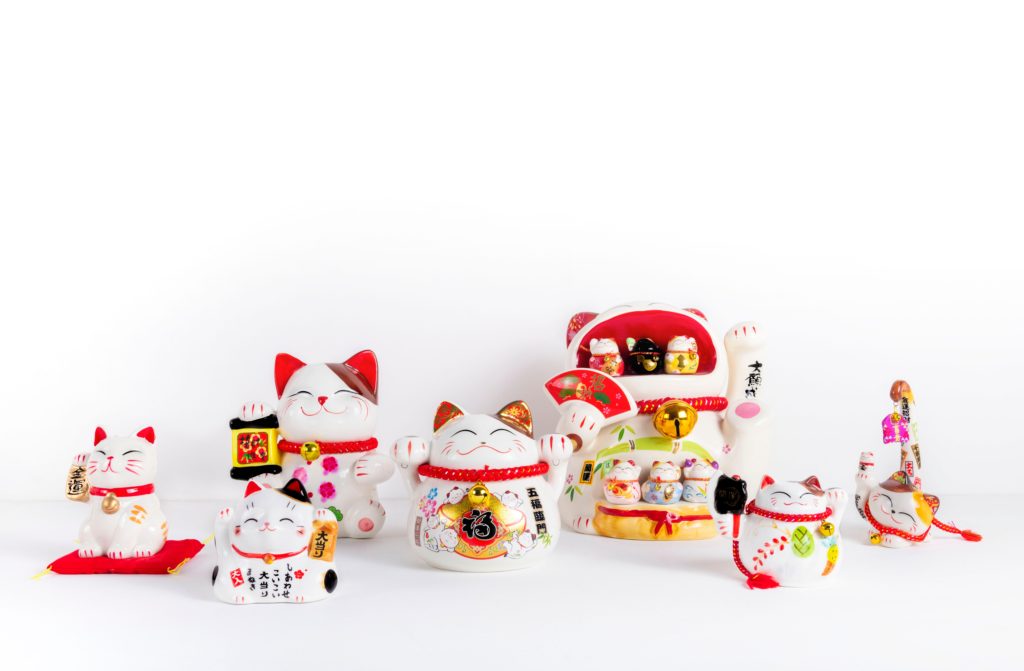
A Maneki Neko wouldn’t be as complete without its accessories. A collar, scarf, or bib may be seen around its neck, resembling how a cat was dressed up as a pet of noble residents during the Edo era. A Maneki Neko can also hold a marked gold coin called a koban that is worth a great amount of money. Coins can also be scattered around the figure along with a money bag. Other decorative items include koi fish, gems, and fans. All of these ornaments are associated with bringing wealth and wisdom into a person’s life.
Design Variations
Maneki Neko cats come in different sizes and colors. Some can be just a few inches small – just right to be put on desks and tables in shops or restaurants. However, others reach up to 3 meters in height!
Originally, they were made out of ceramic, but now they are also created from materials such as porcelain, wood, plastic, as well as jade, and gold.
You can even see them in different colors! These aren’t just for aesthetics as each color is also symbolic of luck in different aspects of life. The original Calico form is a favorite and is believed to be the luckiest color. Here are other colors and their meanings to find out which one fits you the most!
- White – brings purity, positive aura, and happiness
- Red or Pink – pertains to love, romance, and marriages
- Blue – gives both wisdom and intelligence for success
- Green – provides favor for students in their education and health
- Yellow or Gold – attracts prosperity, wealth, and stability
- Black – protects against danger and threats by warding off evil
Asian Culture and Practices


Japan has dedicated temples and shrines for its very own Nekos and filled it with figurines of different appearances. Take a peek at the Gotokuji Temple and the Imado Shinto Shrine to see for yourself!

Maneki Neko is also widely used in the practice of Feng Shui. The placement of a figure in a Japanese home or store follows the principles to create harmony and balance with other items in the space. A cat is usually placed by the doorpost as a protector by the entrance or positioned just by the window to beckon people into your place.
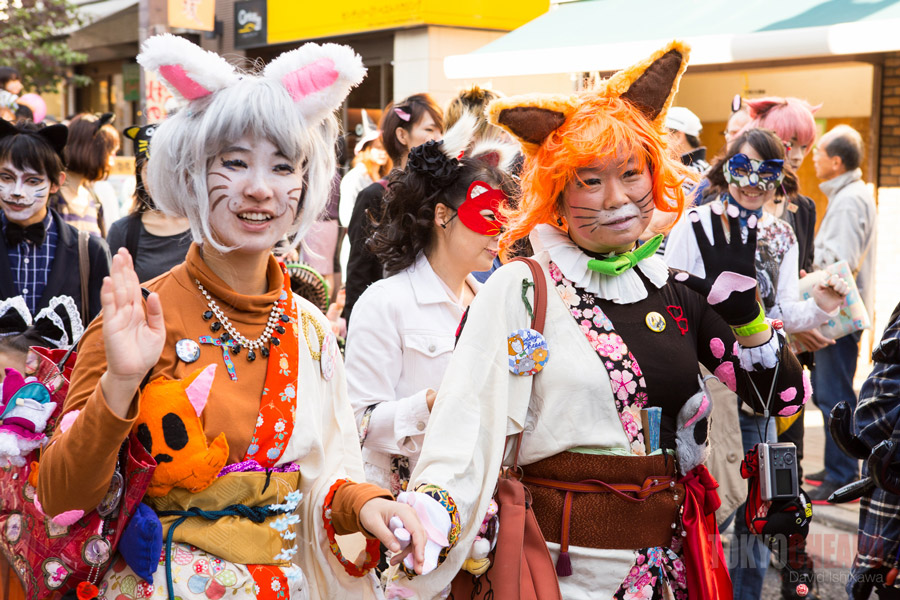
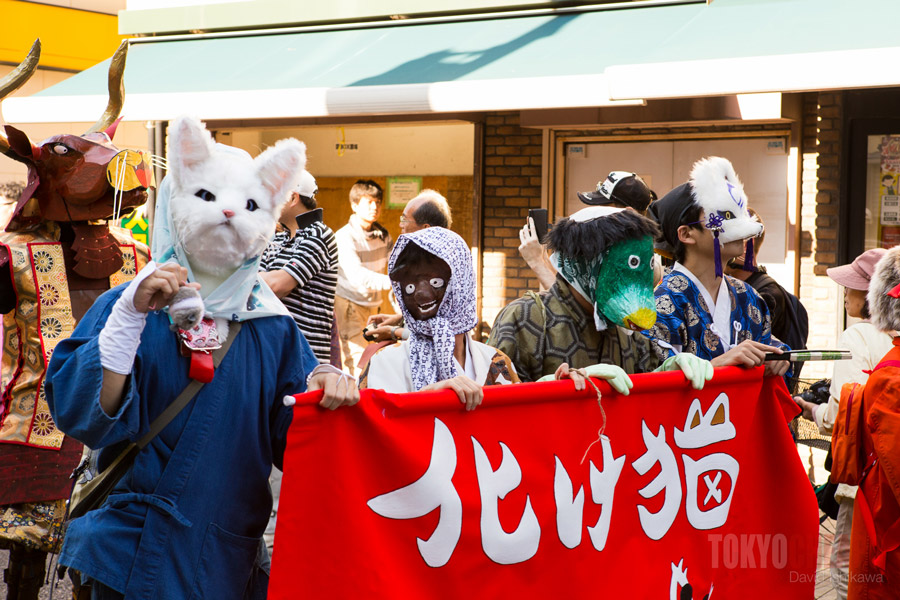
The annual Maneki Neko Festival is celebrated at the end of September in different cities. People get their faces painted like cats and go out into the streets.
Media and Pop Culture
Cats are adored in the entertainment industry. Here, they are featured as key characters in different TV shows and movies.
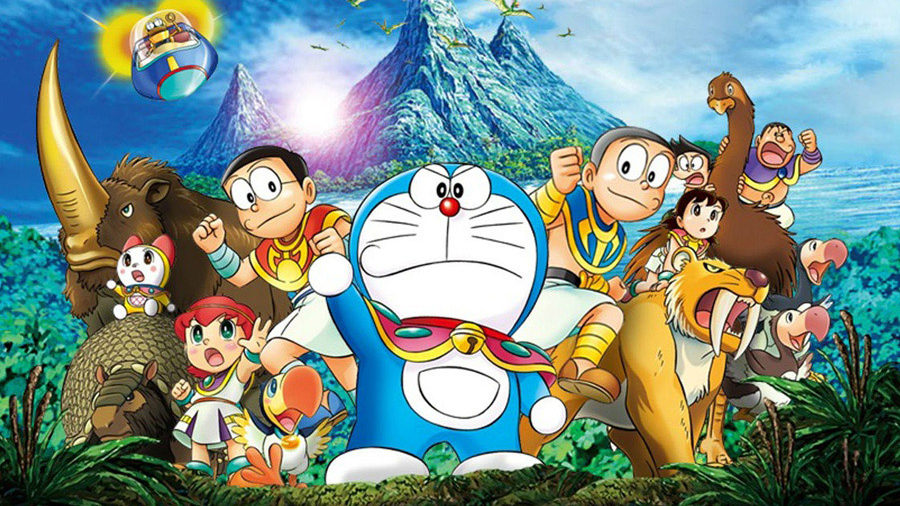
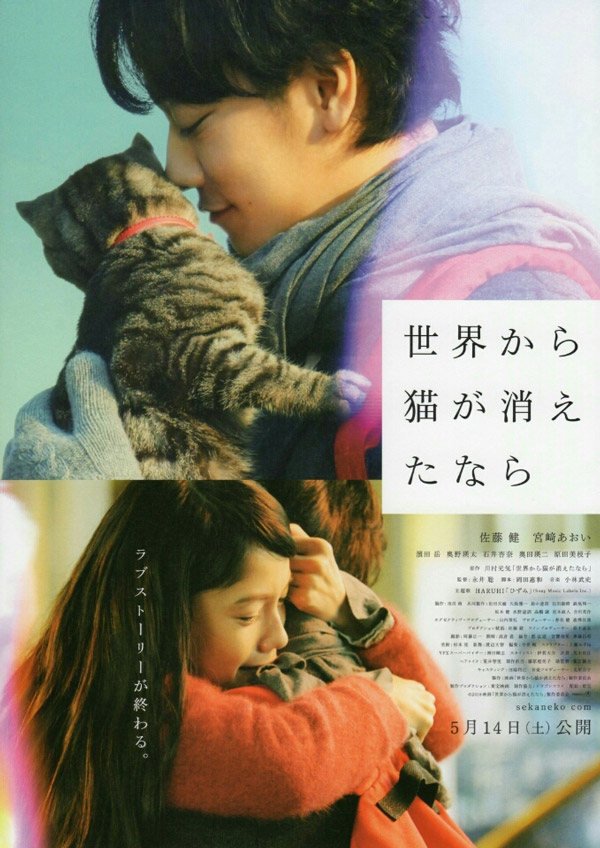
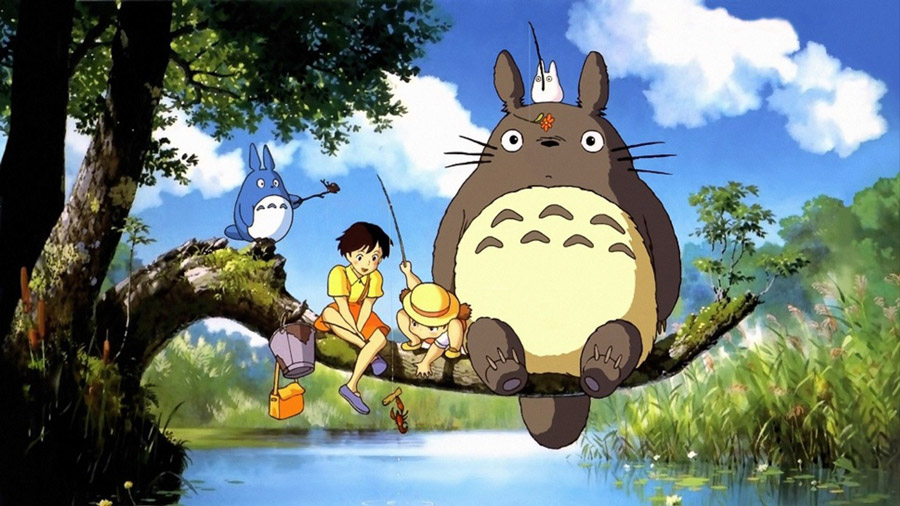
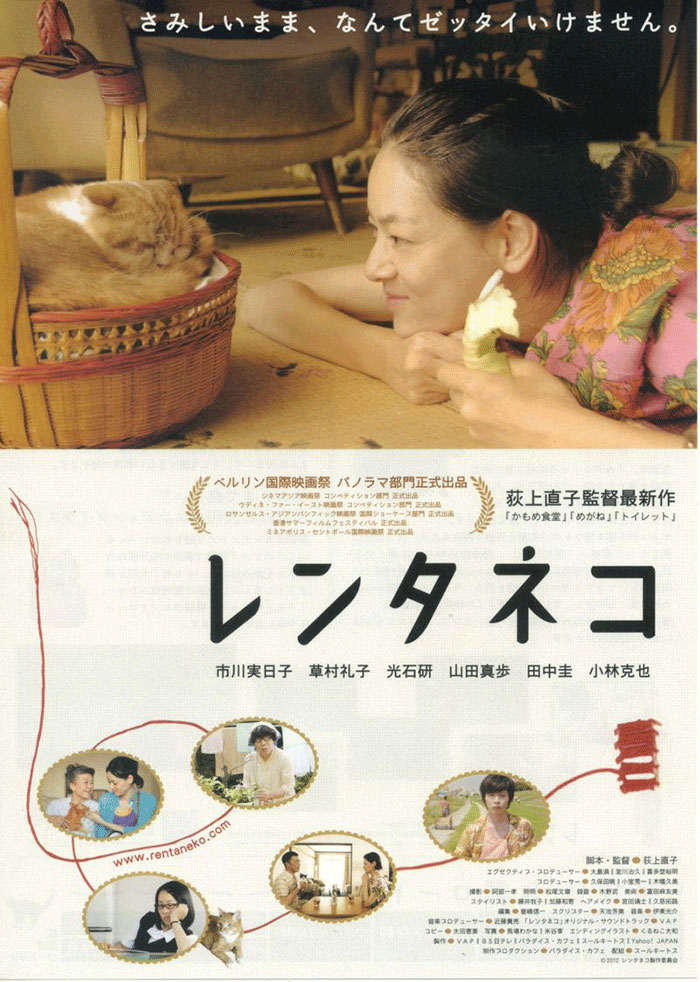
Brands have also joined the cat craze! Different companies take inspiration from their feline friends for products and advertising.

